Financing the Deal
Financing the Deal
Financing Facts
The Advantages of Seller Financing
Financing the Business Purchase
Where can buyers turn for help with what is likely to be the largest single investment of their lives? For most small to mid-sized business acquisitions, here are the best ways to go: Personal Equity Typically, anywhere from 20 to 50 percent of cash needed to buy a business comes from the buyer and his or her family. Buyers who invest their own capital (usually an amount between $50,000 and...
Financing the Business Acquisition
The epidemic of corporate downsizing in the US has made owning a business a more attractive proposition than ever before. As increasing numbers of prospective buyers embark on the process of becoming independent business owners, many of them voice a common concern: how do I finance the acquisition? Prospective buyers are aware that the credit crunch prevents the traditional lending...
Friends and Family: A Financing Option
The first job facing many prospective business owners is rounding up the cash necessary to make the purchase. They may find that banks have made borrowing difficult (or all but impossible), and that even SBA loans have requirements too stringent to meet. One viable option is obtaining financing from the seller; another is to seek help from family and friends.
Venture Financing: The Hard Facts
Government financing and venture capital financing account for less than one percent of all new business financing. Sixty-seven percent of all small to mid-sized businesses are financed by personal savings or friends; thirty-three percent are financed by lending institutions.
Negotiating the Price Gap Between Buyers and Sellers
Sellers generally desire all-cash transactions; however, oftentimes partial seller financing is necessary in typical middle market company transactions. Furthermore, sellers who demand all-cash deals typically receive a lower purchase price than they would have if the deal were structured differently.
Financing the Business Purchase
Where can buyers turn for help with what is likely to be the largest single investment of their lives? For most small to mid-sized business acquisitions, here are the best ways to go: Personal Equity Typically, anywhere from 20 to 50 percent of cash needed to buy a business comes from the buyer and his or her family. Buyers who invest their own capital (usually an amount between $50,000 and...
Financing the Business Acquisition
The epidemic of corporate downsizing in the US has made owning a business a more attractive proposition than ever before. As increasing numbers of prospective buyers embark on the process of becoming independent business owners, many of them voice a common concern: how do I finance the acquisition? Prospective buyers are aware that the credit crunch prevents the traditional lending...
Friends and Family: A Financing Option
The first job facing many prospective business owners is rounding up the cash necessary to make the purchase. They may find that banks have made borrowing difficult (or all but impossible), and that even SBA loans have requirements too stringent to meet. One viable option is obtaining financing from the seller; another is to seek help from family and friends.
Venture Financing: The Hard Facts
Government financing and venture capital financing account for less than one percent of all new business financing. Sixty-seven percent of all small to mid-sized businesses are financed by personal savings or friends; thirty-three percent are financed by lending institutions.
Negotiating the Price Gap Between Buyers and Sellers
Sellers generally desire all-cash transactions; however, oftentimes partial seller financing is necessary in typical middle market company transactions. Furthermore, sellers who demand all-cash deals typically receive a lower purchase price than they would have if the deal were structured differently.
Still Have Questions?
After selling hundreds of businesses, we at we understand how complicated and sensitive the process of selling a business is. Share your questions with us, and we will get back to you with answers, resources, and guidance as soon as possible:
Copyright © 2024 All rights reserved.

